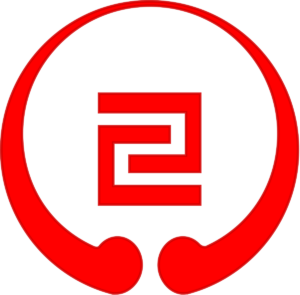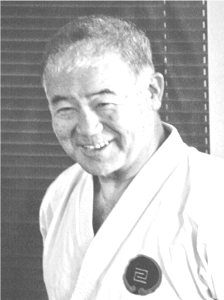Trademarks of the IOGKF
![]() , IOGKF, International Okinawan GojuRyu Karate-do Federation, and
, IOGKF, International Okinawan GojuRyu Karate-do Federation, and ![]() are trademarks created by and legally owned by IOGKF.
are trademarks created by and legally owned by IOGKF.
The Kenkon symbol ![]() is a registered trademark with the Canadian Intellectual Property Office. The owner of this registration is IOGKF (International Okinawan Goju-Ryu Karate-Do Federation). Registration number TMA1,036,947; file number 1820188; registration date is July 5, 2019.
is a registered trademark with the Canadian Intellectual Property Office. The owner of this registration is IOGKF (International Okinawan Goju-Ryu Karate-Do Federation). Registration number TMA1,036,947; file number 1820188; registration date is July 5, 2019.
The mark ‘IOGKF’ is a registered trademark with the Canadian Intellectual Property Office. The owner of this registration is IOGKF (International Okinawan Goju-Ryu Karate-Do Federation). Registration number TMA1,036,961; file number 1820189 registration date is July 5, 2019
The IOGKF Logo

The Kenkon was introduced in 1979 at a gasshuku in England, when the formation of the IOGKF was established. The Kenkon is the symbol representing the IOGKF, its design incorporates the contrasting aspects of Goju-Ryu karate. The name ‘Goju’ was given to this karate style to emphasize its hard and soft elements. In Japanese ‘ken’ means “heaven” and ‘kon’ represents ‘earth’ which are representative of the hard and soft aspects of our world. The design further illustrates these two elements with the soft circular shape representing heaven surrounding the hard squared-off shape representing the earth. The Kenkon depicts not only the hard and soft aspects of Goju-Ryu karate, but it symbolizes the harmony of hardness and softness in nature. It is important to note that the squared-off portion, was the family crest of Sensei Chojun Miyagi, the found of Goju-Ryu.
The kenkon symbol is worn by IOGKF members around the world as part of their uniform (See picture below).
T“Physical training is just the gateway to mastery of the mind. That’s why you must strive to achieve true humility through training. If you don’t, it’s difficult if not impossible to rise above the purely physical because your mind is forever clouded by thoughts of material things, pride and scorn for others, and similar negative feelings.
Good karate makes good people, and I feel a responsibility to pass on what was given to me as a way of thanking my teacher, An’ichi Miyagi, and, hopefully, produce more good karate people by doing so. Because I teach so much, I have a responsibility to train as hard as I can to pass on my knowledge in as pure a form as possible.”
Morio Higaonna Shihan
